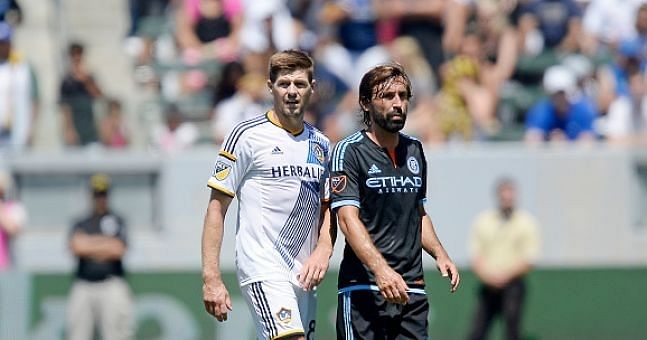
Can the MLS challenge the Big Four European leagues in the future?
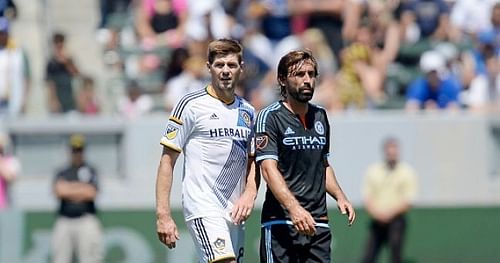
On the 4th of July 1988, the United States of America celebrated its 212th Independence Day. The nation had recovered from the turbulence of the previous decades, and the fabled “American Dream” was the philosophy of an entire nation, accentuated by the overwhelmingly large number of movies, advertisements and national integration campaigns of the time.
Sport was doing exceedingly well too, with USA heading to the Montreal games as defending champions. The revolutionary WrestleMania pay-per-view was finding its feet while MLB, NFL, NBA and NCAA events still ruled the roost.
The birth of MLS
It was on the backdrop of a background so rosy that a few good men had the audacity to bid to bring football’s (no, not the one with helmets) showpiece event to their land. As the US won a historic bid to host the 1994 World Cup, a precedent had been set by the governing body of the game – football would move farther and wider than it ever did, over the next two decades. However, one, tiny niggle affected the USSF – they had a grand total of zero soccer specific stadiums in the country.
Yes, greats of the game such as Johan Cruyff, Rodney Marsh, and the Big Three of the New York Cosmos – Pele, Franz Beckenbauer and Giorgio Chinaglia – strutted their stuff about in exhibition and multi-purpose stadiums. Now, the only way the country could come up with so many financially feasible stadia was to create a soccer league of its own. Thus, Major League Soccer was born.
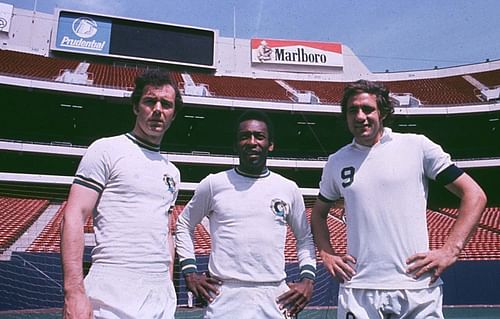
The first season of the Major League Soccer finally kicked off on the 6 April 1996, pitting the San Jose Clash against future MLS giants, DC United. The season was a reasonable success, with a lot of young US Men’s National Team (USMNT) hopefuls and a good number of CONCACAF veterans taking part. However, that’s exactly where the entire problem lay.
The game was seen as nothing more than a hunky dory circus by the non-American players, with many of them approaching 40 or more before joining the league. While it did help raise the league’s profile, it did nothing to help raise the level of the game in a country which still saw the beautiful game as nothing more than a side-show.
This was the case till 2007. While the likes of Kevin McBride, Landon Donovan and Claudio Reyna made it big in the league and beyond, the big and meaningful celebrity signings just didn’t come. And then, they landed a big fish. Then, they realized it was a shark. In reality, it ended up being an effing blue whale of a signing.
“I’m coming here to make a difference”
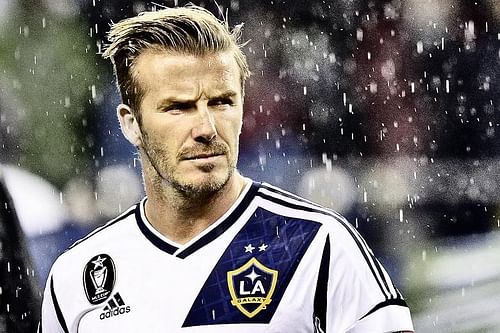
David Beckham wasn’t a 40-year old playing the game on the reputation of the famed name on the back of his shirt. He wasn’t even over the hill. He had just captained the Three Lions to the World Cup quarter-finals a few months ago. And he was still bending them crosses like only he could at Real Madrid.
And then came the 2007 MLS Super draft, where the league shook the world with the biggest name in its roster – David Beckham, OBE, was going to LA Galaxy.
In a deal worth $32.5 million that saw PR firms dovetailing head over heels to join the MLS bandwagon, Beckham finally moved to the land of Hollywood. The financial implications of his signing were astonishing. They were indescribable. In fact, the only phrase that comes to my mind is borrowed from the Rock’s supremely famous quote. Oh yes, David Beckham’s move to America was “jabroni beatin’, pie eatin’, trail blazin’, eyebrow raisin”-ly huge.
It was massive. Dig this – with one signature on a bonded paper, he raised an additional 11,000 ticket holders for the club, made Herbalife sponsor the team in a deal worth $20 million and sold out tickets in 42 luxury suites. Like the Galaxy CEO Tim Leiweke succinctly put it, “Our world changed”.
Beckham was the Christopher Columbus of world football. Before long, the league saw the likes of Thierry Henry and Robbie Keane, playing for them, with the latter still having a cult following in Los Angeles. The game was definitely on the rise in the states, with Jurgen Klinsmann being appointed at the helm of the USMNT. Like the endings of some stock Jeffrey Archer novels, the audacity and daring of a few men were finally rewarded in a land famed for doing so.
The MLS was finally on the world map after a decade of disorganized drafting, empty stadiums, ill-timed fixtures and scary jerseys. Dare I say that his move to LA Galaxy was indeed Beckham’s most significant contribution to football, even overshadowing the Treble of 1999?
The calm before the storm
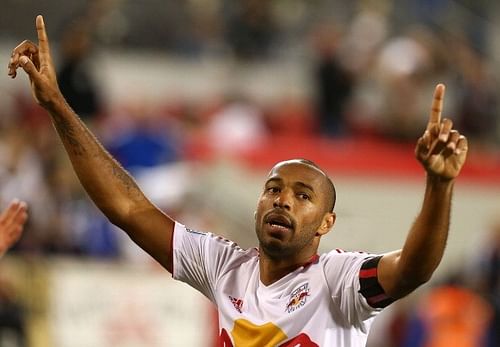
Later, New York/New Jersey MetroStars, the apple of the Big Apple’s eye, was bought by Red Bull. And they brought in none other than Thierry Henry as their marquee signing. However, Henry’s move was eclipsed in hindsight by another striker – his arch enemy at North London.
Arguably the greatest overseas player to wear those fancy Adidas MLS jerseys, Robbie Keane was the star among them stars at the Galaxy, no pun intended. The Northern Irishman was coveted by both coach and fans so much, that he returned from a loan spell at the Midlands with Aston Villa, to Los Angeles. Keano is still making waves with the team in the Western Conference.
Meanwhile, Manchester City’s very own Sheikh Mansour had earmarked New York as the city to take forward his campaign to become the undisputed footballing monarch. The rather unimaginatively named New York City FC was born around the same time as their counterparts from Florida, with David Villa roped in as their designated player.
Protagonists of the only derby match in the league along with the Red Bulls, NYCFC’s match against Orlando City SC, who had signed Kaka earlier, saw history in the making. The league had hit the jackpot, opening the floodgates that resulted in the MLS never being the same again.
2015 – An epochal year
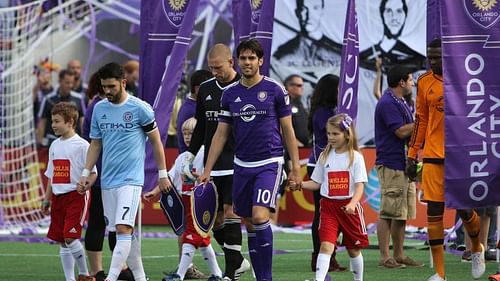
The MLS has been on overdrive ever since the dawn of the new year, with world class signings coming in from all quarters. There was a time when the entire league had only a handful of marquee signings, and it wasn’t very long ago. Fast forward a few years, and the league is replete with the who’s who of the game, including some legitimate footballing Hall of Famers.
While there is a well-documented cream of the crop signings, there were also some tremendously far-sighted signings which seem to have gone under the radar. Nigel Reo-Coker, the former West Ham United skipper has joined Montreal Impact. Scottish superstar Shaun Maloney plays for Chicago Fire. Steven Vitoria, the ex-Benfica defender, has joined Philadelphia Union, along with the Swiss veteran, Tranquillo Barnetta.
Shaun Wright-Phillips has arrived at the Red Bull Arena to terrorize more full backs. Honduran international Maynor Figueroa moved from Hull City to Colorado Rapids. And Paraguay’s Copa America 2015 forward, Nelson Haedo Valdez will link up with Dempsey at Seattle Sounders. By the way, there is also a certain Ivorian striker who recently joined Montreal Impact. Didier Drogba has just added some more firepower and charisma to the Major League Soccer. Defenders, beware.
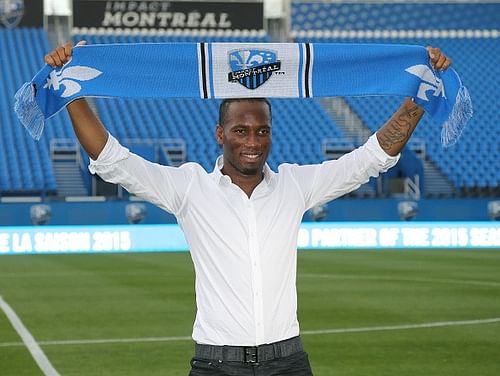
While these are shrewd world class signings of experienced professionals, they don’t scream attention. The league, still in its nascent stages requires a certain element of stardust to capture the imagination of fans across the globe. But, even the most optimistic of the American soccer fanatics could not have imagined so many world class players joining the league in such a short time.
Sebastian Giovinco’s shock transfer from Juventus to Toronto FC has been a massive hit in spite of the many detractors he has, who vilify him for joining a so-called “inferior league”. However, no league which boasts the likes of Frank Lampard, David Villa and Andrea Pirlo or Robbie Keane, Steven Gerrard and Giovanni Dos Santos in the same team, can be called an inferior one.
In fact, more than half the European top division teams, would kill to get such a roster. And, it is the likes of LA Galaxy, Seattle Sounders, the twin New York teams, Toronto FC and others, who are leading the charge of the MLS.
Challenging the Big Four?
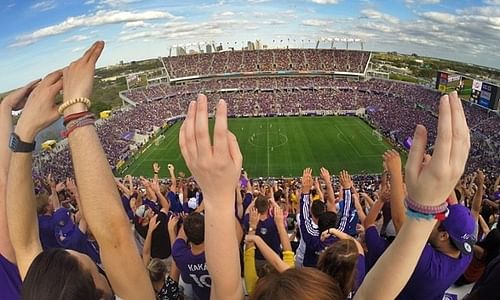
Oligopoly: A state of limited competition, with very few players being the powerhouses.
There is no better example of an oligopolistic environment than the European football scenario. While the Ligue 1, with the help of Paris Saint-Germain, and the Portuguese Primeira Liga, occasionally threaten to upset the apple cart, the status quo is forever in equilibrium. Indeed, it is unimaginable to envisage the Premier League, La Liga, Bundesliga or the Serie A being replaced at the top for a certain period of time.
While the MLS has come a long way from its inception when it was nothing more than an object of ridicule, it still has a long way to go to become as popular as leagues that are more than a century old. With investors and players being attracted to the other side of the Atlantic, one can safely assume that if there is any league that can challenge the European leagues, it is the MLS.
However, the league has to consolidate its position as an attractive option for young talent, and not just as an “old age home” as it is widely rebuked. While it may take time, the league certainly has the potential to box toe-to-toe with the European heavyweights.
Food for thought – what if the MLS keeps on improving at this rate, and the best among them are allowed to participate in either the Copa Libertadores or better, the UEFA Champions League? Far fetched, I know. But, hey. Stranger things have happened.
For now though, the league would do well to remember the famous Robert Frost poem “Stopping by the woods on a snowy evening”.
“And miles to go before I sleep”.